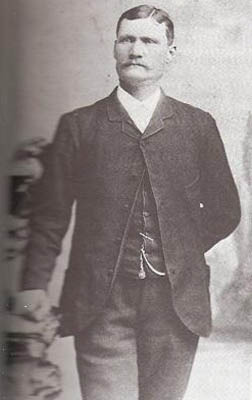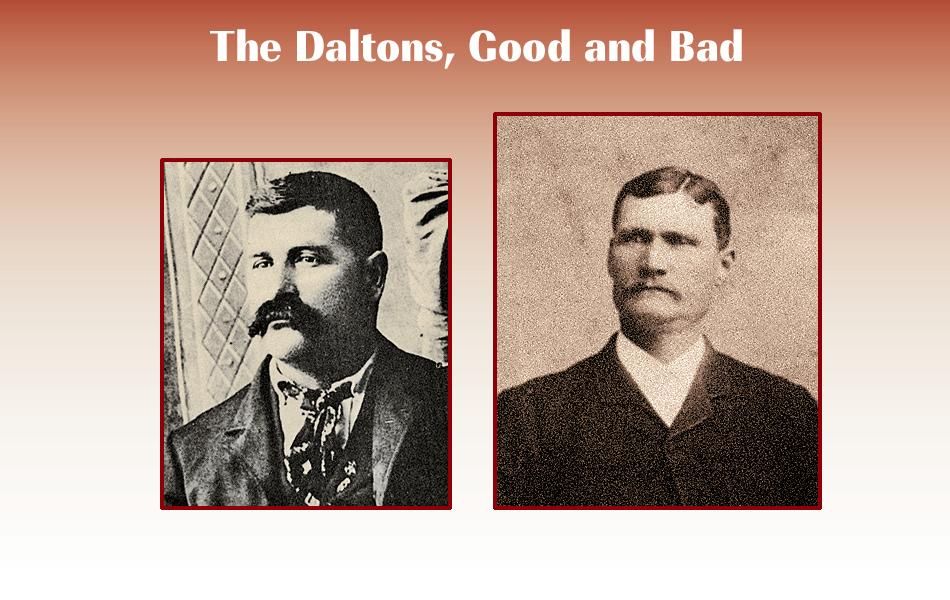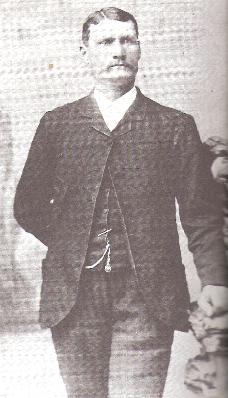
The Unyielding Sky: Major General Lafayette Shadley’s Odyssey Through Air War and Cold War
In the annals of military aviation, few careers encapsulate the sweeping changes and enduring challenges of the 20th century quite like that of Major General Lafayette Shadley. From the propeller-driven dogfights of World War II to the supersonic jets of the Cold War and the complex air campaigns of Vietnam, Shadley was not merely a participant but a vital architect of the United States Air Force. His journey, marked by bravery, resilience, and an unyielding commitment to service, offers a compelling narrative of a man who navigated the shifting tides of aerial combat and geopolitical strategy for over three decades.
Born in 1918, Lafayette Shadley came of age in an America on the cusp of profound transformation. The romantic era of barnstorming and early aviation was giving way to the grim realities of global conflict, and like many young men of his generation, Shadley felt the pull of the skies as war loomed. He joined the Army Air Corps in 1941, just months before Pearl Harbor, embarking on a path that would see him witness, and often define, the evolution of air power.
His baptism by fire came during World War II, where he flew the formidable Republic P-47 Thunderbolt, affectionately known as the "Jug." This powerful, rugged fighter-bomber was a beast of an aircraft, capable of taking immense punishment and dishing it out in equal measure. Shadley quickly proved his mettle, engaging in fierce aerial combat over the skies of Europe. He became an ace, credited with five confirmed aerial victories against the Luftwaffe, a testament to his skill and courage in the deadly ballet of dogfighting.

One of his P-47 kills, on a mission over Germany in 1944, was particularly harrowing. Shadley, a captain at the time, was leading a flight when they encountered a formation of German fighters. In the ensuing melee, he skillfully outmaneuvered and shot down an enemy aircraft, but the combat was intense. "The Jug was a brute, but she’d get you home," he was often quoted as saying, reflecting the deep trust and respect pilots held for their machines. "You could put a lot of lead into her, and she’d still bring you back, or at least let you bail out."
However, not every mission ended with a safe return. Later that year, on a bombing escort mission, Shadley’s P-47 was hit by anti-aircraft fire. The damage was severe, and with his aircraft spiraling, he was forced to bail out over enemy territory. His chute deployed, but his freedom was short-lived. He was captured by German forces and became a prisoner of war (POW).
Shadley’s internment at Stalag Luft I, a German POW camp for Allied airmen located near Barth, Germany, was a crucible of endurance. Life in the camp was a brutal test of spirit and resilience. Overcrowding, inadequate food, constant uncertainty, and the omnipresent threat of disease were daily companions. Yet, within these dire conditions, a unique camaraderie formed among the prisoners. They organized, resisted in small ways, and held onto hope, often through elaborate escape attempts and maintaining morale with clandestine radio sets and news sharing.
"Survival wasn’t just about food; it was about the spirit," Shadley later reflected on his POW experience. "We had to keep our minds active, keep hoping, keep believing we’d go home. The Germans could take our bodies, but they couldn’t break our will if we didn’t let them." This mental fortitude, a hallmark of many POWs, was crucial. Shadley witnessed firsthand the resilience of the human spirit under extreme duress, an experience that would undoubtedly shape his leadership philosophy in the years to come.
With the end of the war in Europe in May 1945, Shadley and his fellow prisoners were liberated. The return home was a mixture of elation and the quiet burden of what they had endured. For many, the war was over, and a return to civilian life beckoned. But for Lafayette Shadley, the sky still called. Despite the trauma of combat and captivity, he chose to remain in the service, demonstrating an extraordinary commitment that would define his entire career.
The post-war era brought monumental changes to military aviation. The Army Air Corps transitioned into the independent United States Air Force in 1947, and the piston-engine fighters of WWII were rapidly being replaced by the sleek, powerful jets of the new age. Shadley embraced this evolution, undergoing retraining and adapting his considerable flying skills to the demands of jet aircraft. His experience and leadership qualities saw him quickly rise through the ranks, transitioning from a combat pilot to a strategic leader.
The outbreak of the Korean War in 1950 thrust Shadley back into the crucible of combat, albeit with a new generation of aircraft. He flew the F-86 Sabre, America’s first swept-wing jet fighter, which famously dueled with the Soviet-built MiG-15s over "MiG Alley." In Korea, Shadley served in various command and operational roles, applying the lessons learned from his WWII experience to the new realities of jet warfare. The Korean War was a brutal reminder that air superiority remained paramount, and Shadley played a crucial role in establishing the tactical doctrines that would govern air combat for decades.
"From the P-47 to the F-86, the pace of change was relentless," Shadley observed. "You had to adapt, or you’d be left behind. But the core principles of air combat – speed, altitude, surprise – those remained true, no matter what you were flying."

Following Korea, Shadley’s career continued its upward trajectory through the intense backdrop of the Cold War. This was an era not of direct, large-scale conflict between superpowers, but of constant vigilance, strategic deterrence, and proxy wars. Shadley’s experience as a combat pilot, combined with his leadership acumen, made him invaluable in developing the Air Force’s capabilities during this critical period. He held numerous important staff and command positions, contributing to the development of strategic air power, missile defense, and global readiness.
His postings took him to various corners of the world, from tactical air commands in Europe to strategic planning roles within the Pentagon. He was instrumental in shaping training programs, developing new technologies, and ensuring the Air Force remained at the cutting edge of military aviation. During this time, the Air Force became a primary deterrent against the Soviet Union, and officers like Shadley were at the forefront of maintaining that delicate balance of power.
"We had to be ready, always," Shadley emphasized, reflecting on the Cold War’s demands. "The stakes were too high. Our readiness wasn’t just about our own survival; it was about preventing global catastrophe."
As the Cold War escalated into the Vietnam War, Major General Shadley again found himself in a combat theater. He served in Southeast Asia, commanding various air units, including the 37th Tactical Fighter Wing at Phù Cát Air Base, Vietnam. This was a different kind of war, characterized by complex political objectives, guerrilla warfare, and the unique challenges of fighting in a jungle environment. Air power played a critical, though often controversial, role.
Shadley’s experience in Vietnam highlighted his adaptive leadership style. He understood the nuances of the conflict, the morale challenges faced by the troops, and the importance of integrating air operations with ground forces. He focused on maintaining morale, ensuring his pilots were well-trained and equipped, and adapting tactics to the specific demands of the theater. His presence, a veteran of two previous wars and a POW survivor, offered a steadying influence and a depth of experience that was invaluable.
"A commander’s first duty is to his people," he would often tell his officers. "Their well-being, their training, their ability to execute the mission – that’s paramount. If you take care of your people, they’ll take care of the mission." This philosophy, forged in the crucible of WWII and honed through decades of service, underpinned his approach to leadership.
After a distinguished career spanning 32 years, Major General Lafayette Shadley retired from the Air Force in 1973. His service had seen him rise from a young cadet to a highly respected flag officer, having served in three major conflicts and navigated the most significant technological and strategic transformations in military history. He had flown the iconic P-47, the legendary F-86, and overseen operations involving the most advanced jets of his time.
Lafayette Shadley’s legacy is not just in the number of planes he shot down or the commands he held, but in the enduring spirit of resilience, adaptability, and unwavering commitment to his country. He was a pilot’s pilot, a strategic thinker, and a compassionate leader who understood the human cost of war. His career is a testament to the dedication required to defend a nation, to the courage to face overwhelming odds, and to the capacity for a single individual to adapt and thrive through decades of profound change.
He passed away in 2004, leaving behind a legacy that continues to inspire. Major General Lafayette Shadley was more than just an ace or a general; he was a living bridge between the early days of military aviation and the complex aerospace power of the modern era, a true American hero who consistently answered the call of duty beneath the unyielding sky. His story serves as a potent reminder of the extraordinary individuals who shaped the 20th century and the enduring values that define military service.


